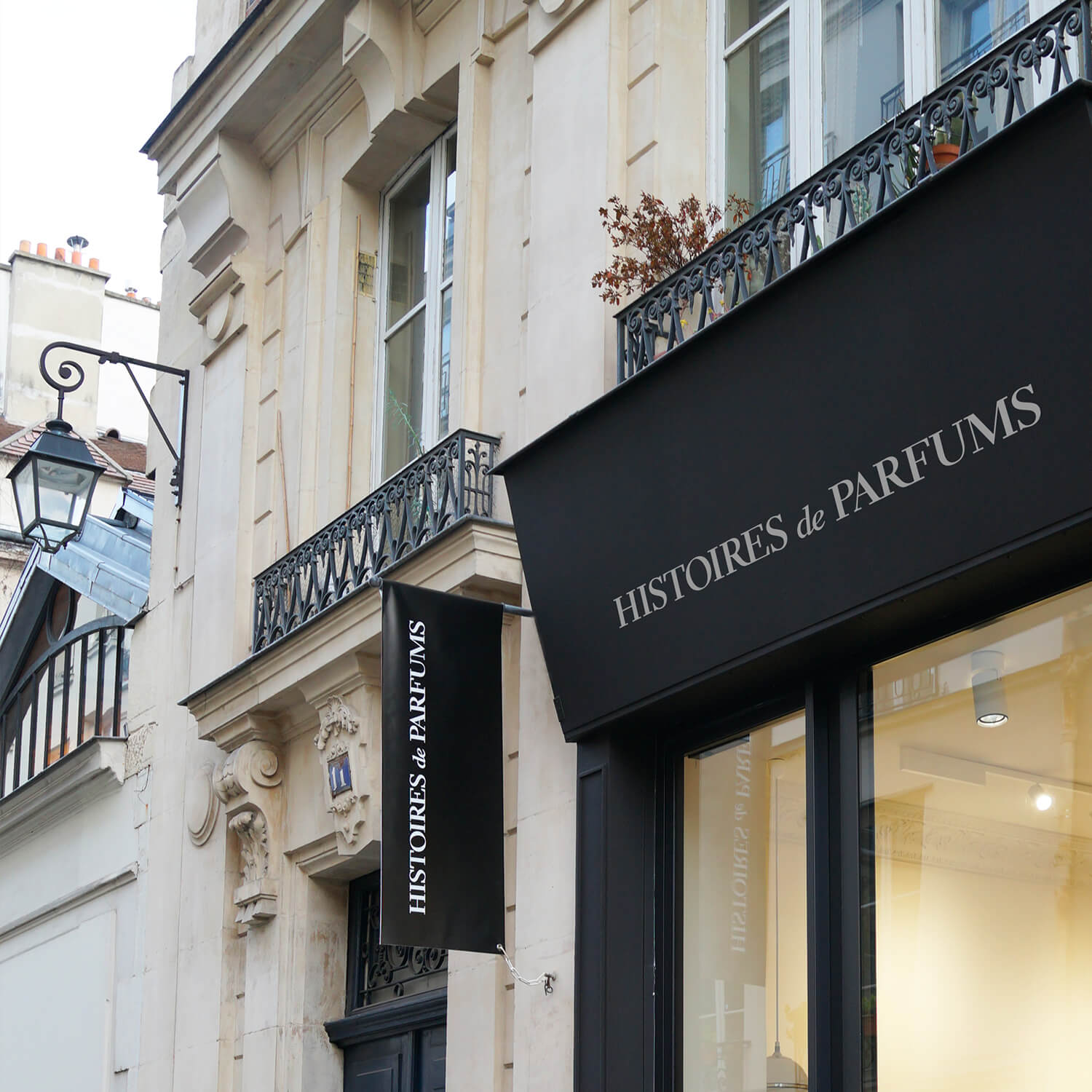Patchouli

Botany
The origin of the word Patchouli comes from the Tamil word "patch" meaning green and "ilai" meaning leaf. The patchouli is an evergreen shrub belonging to the labiate family. It grows around one meter high and has one firm yet spineless stem. Its leaves are around 10 centimeters long, grow with spikes and are white with hints of blue.
Patchouli blooms in semi-shaded environments in rich and humid soil. It cannot live in temperatures below 10 degrees Celsius, which prevent it from being grown in temperate climates. The optimal planting season is in the spring or in fall, and the first harvest can be done 6 months after it's been planted, and every three months following that.
Originally from Indonesia, patchouli is now cultivated in numerous tropical countries including India, Malaysia, Madagascar, Seychelles, Brazil and Paraguay.
History
Known and used from time immemorial in Asia and the East, it's only during the crusades (11-13th centuries) that the East brought the first plants to Europe.
In addition to that, it's only during the second half of the 19th century that patchouli would become popular on the old continent. It was in England, during the Victorian era, that patchouli began being widely used in pot-pourris.
Patchouli became popular in France during the Second Empire. At the time, the silk produced in France in the region of Lyon was no longer satisfying the demands of bourgeois Parisians. Mass amounts of silk shawls were thus being imported from India. During their shipment, patchouli leaves were used to protect the shawls from moths. The exotic scent impregnated the fabrics and permeated from them, becoming a huge hit amongst the " demi-mondaines " and "kept-women". It was no secret then, that the scent of patchouli was not approved of by the women of high society, for whom, the fragrance represented the "antechamber of hell".
Patchouli also had another revival during the 60's and 70's with the "Flower Power" generation. Its fragrance was used to cover the scent of cannabis all while evoking an intimate eroticism linked to the sexual revolution and embodied by the Hippie movement.
In Perfumery
In its primal state, patchouli doesn't really have a scent. In order to obtain its fragrance, you must collect its leaves, and set them out to dry so that the odorant molecules (which is what we know as patchouli) develop and give the leaves their distinct scent.
The leaves then undergo a steam distillation to yield 2 to 3% of fragrance. From this, we obtain the essential oil that is stored in barrels. The maceration period in barrels, which serves to concentrate the fragrance, depends on the request of olfactory characteristics.
The patchouli's composition as a scent is extremely diverse. It has woody, camphorated and earthy tones that allow it to be used in woody, chypre, Oriental and leather hinted fragrances. It's a powerful and rich scent that compliments all other matter in a perfume; definitely a staple in the perfumer's palate.
While patchouli has a strong presence in the world of perfumery, its various therapeutic qualities grant it an entirely different place in aromatherapy. In Asia, it's used to fight colds, stomach pains, headaches and event snake bites!






1 comment
Thank you so much,
Mosaed
Leave a comment
This site is protected by hCaptcha and the hCaptcha Privacy Policy and Terms of Service apply.